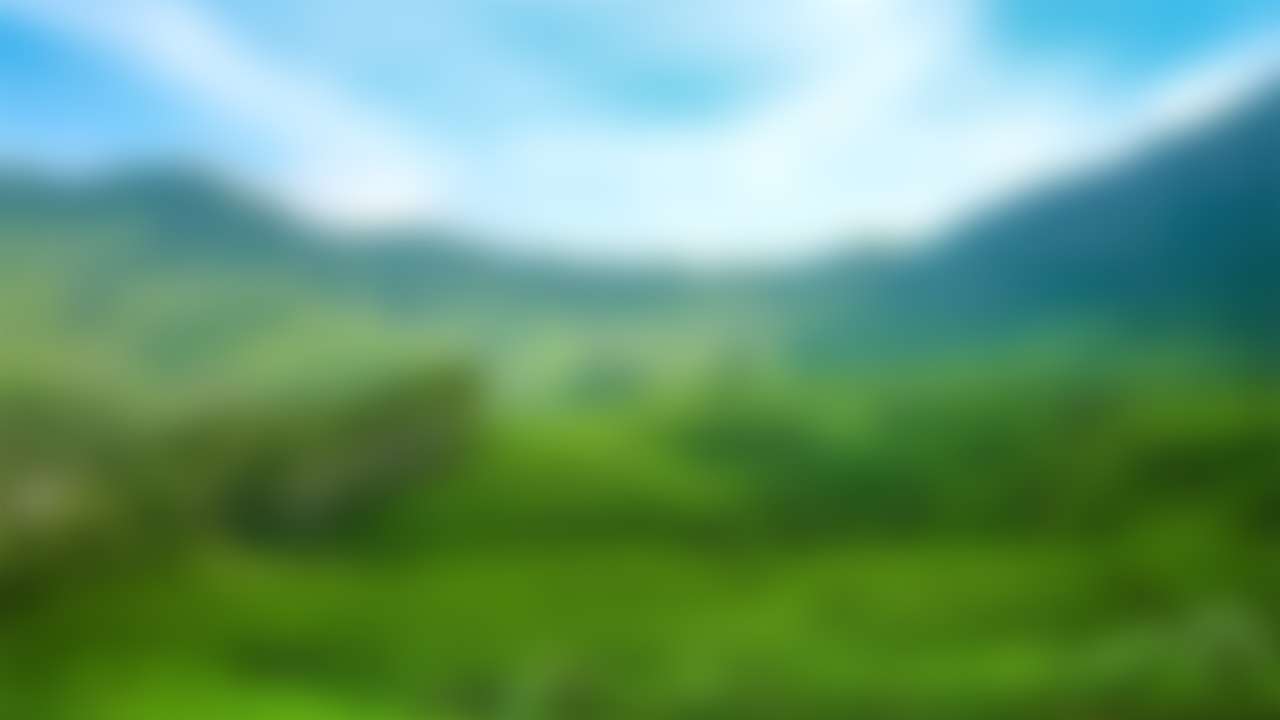
Sorry, we couldn't find anything that matches your search.
Destination

Famous Places to Explore in Hyderabad
A vibrant city with the imposing...

Raipur Tourist Places | Best Place to Visit
The stronghold of several erstwhile...

Ahmedabad
Declared as India's first UNESCO World...
#
Ajanta Caves
Located about 107 km from Aurangabad, the UNESCO World Heritage Site of Ajanta Caves are a famous cluster of 32 Buddhist caves. The rock-hewn caves at Ajanta are either chaityas (shrine), chapels or prayer halls, or viharas (monasteries) or residential cells.
Caves 9 and 10 are chaityas, which contain the earliest known remnants of paintings in India. Caves 19, 26 and 29 are chaityas of the Mahayana period and all the other caves are viharas. Ajanta displays the Gandhara and Mathura schools of art from the Kushana period; the Sarnath school of art from the Gupta period; and the Amaravati school of art from the late Satavahana and Ikshvaku periods.

Ellora Caves
Ellora, considered the finest examples of rock-cut architecture, comprises Hindu, Buddhist and Jain caves that were chiselled between the 4th and the 9th century. Of the 34 caves, 12 are Buddhist, 17 Hindu and 5 Jain, and date back to the Rashtrakuta dynasty, about 1,500 years ago. They were declared a World Heritage Site in 1983, and are now maintained by the Archaeological Survey of India (ASI).
Buddhist Caves

Aurangabad Caves
Nestled in the lap of verdant hills, Aurangabad Caves are a historian's delight. Located to the north of the city, they are a set of 12 Buddhist caves dating from the 3rd century AD. The mystic aura of the caves, almost hidden between lush hills, is because of the evident tantric influence in the architecture and iconography here. Most of these caves are viharas, residential cells. Experts believe that Caves 3 and 7 are the most fascinating and should not be missed. Moreover, Caves1 and 3 belong to the later Mahayana period. In terms of the floor plan, the pillar layout and the detailing are similar to Caves 21 and 24 at Ajanta. The western group consists of Caves 1 to 5, while the eastern group consists of Caves 6 to 10. Cave 4 is a chaitya, which is the only one of its kind to have been excavated during the later Satavahana period. These are rock-cut caves offering a spectacular panorama of the cityscape and the Bibi ka maqbara.
Cave 6 is inscribed with figures of decked up women. The idols are in a good state and give the visitor a great idea of the aesthetic of the period. The cave also contains a Buddha idol and a Ganesha idol. Female sculptures of bejewelled women abound in Cave 7 and the style indicates a growing influence of Tantric Buddhism.

Daulatabad Fort
Towering over the landscape on a 200-m-high conical hill and spread over 95 hectare, the Daulatabad Fort is the epitome of Deccan perseverance and strategic ingenuity. In its heydays, the fort was considered impenetrable, owing to a complicated series of defences around and inside it. Mahakot, or the four distinct walls with 54 bastions surround the fort for a length of nearly 5 km. The walls are about 6 to 9 ft thick and 18 to 27 ft high. Ammunition depots and granaries housed inside in the premises add to the thrill of exploring this historical stronghold. Another interesting feature is Hathi Haud, a gigantic water tank with a capacity of about 10,000 cubic m. Today, the huge crater leaves one in awe of its size. You can also visit the Chand Minar, which stands at a height of 30 ft. The Tughlaq era royal bath, an elite structure, is a must-visit. It has massage chambers, provisions for hot baths and steam baths for which water was supplied through well-laid tanks, channels, pipes, ventilators etc.
Travellers should notice the remains of the moat, the fortified walls, the step wells, the court building, a unique temple dedicated to Bharat Mata, a hall of public audience, water cisterns and a rock-cut passage. A lower city complex consisting of main routes and by-lanes was also revealed through recent excavation.

Shopping
A wide range of regional handicrafts makes Aurangabad a shopper’s paradise. One can buy unique styles and crafts like Himroo shawls that have an extra layer of loose silk weft, which makes them so soft that they almost feel like silk. Some popular Himroo items that you can buy are shawls, pillowcases, jackets, bed sheets, coats and curtains. A Paithani saree is a treat if you're in Aurangabad. A luxurious weave, it has the distinction of looking exactly the same on both sides, including the border and the pallu. The time taken to create a saree is about a month or two and involves careful coordination of hand, foot and eye. While one colour thread is used length-wise, another colour is used width-wise. This step enables the saree to reflect light off it and display a beautiful colour play. In fact, it appears as it the saree is almost changing its colour. A unique handmade paper that is manufactured in the village of Kaghzipura is also a must-buy. This art of paper-making is said to be about 700 years old, dating back to the times of Muhammad Tughalaq, the Sultan of Delhi. Another attraction is bidriware and one can buy many articles like plates, bowls, vases, ashtrays, jewellery etc., which are made with gold and silver thread inlaid in copper.









